China's Tiangong Space Station is expected to host its first scientific research project conducted by scientists from Hong Kong Special Administrative Region (HKSAR) as early as this year, according to the Technology and Engineering Center for Space Utilization under the Chinese Academy of Sciences, Hong Kong media reported on Tuesday. The project will contribute to the green emission reduction cause in the Greater Bay Area, offering robust data support for China's carbon peaking and neutrality goals, as well as carbon emission plans for partner countries and regions along the Belt and Road.
Ba Jin, deputy director of the center's application and development division, told Hong Kong media Wen Wei Po that the research team from the Hong Kong University of Science and Technology proposed the concept and collaborated with the Changchun Institute of Optics under the Chinese Academy of Sciences to develop a high-resolution greenhouse gas point-source detector. At present, the project is progressing smoothly and has been approved, and it is slated for deployment to the space station for experiments soon, the Wen Wei Po report said.
The Hong Kong University of Science and Technology explained that the detector will track the carbon dioxide and methane emission hotspots in the global mid-low latitude range, and measure carbon dioxide and methane concentrations at facilities including power plants, coal mines, and landfills.
The research team will use these data to derive near-real-time carbon emission fluxes, delivering reliable, precise, and high-frequency data for carbon monitoring and verification of key emission sources, providing decision-makers with quantitative information to formulate effective carbon reduction measures, and supporting the evaluation of carbon reduction measures.
This project will offer critical data to support China's carbon peaking and neutrality efforts, and will also serve many countries and regions along the Belt and Road, and contribute to mitigating global climate change.
"The Greater Bay Area plays a crucial role in China's scientific and technological advancement. Hong Kong has a profound scientific and educational background and many renowned universities," Ba said. He encouraged more Hong Kong researchers to participate in the team of space station scientific applications.
"We hope that Hong Kong's participation in the science application projects of the space station will establish a sustainable framework. In the future, with the increasing participation of Hong Kong, it is expected to form a more clustered regional advantage, advancing the Greater Bay Area's space technology to new heights," Ba added.
In the two years since the space station's completion, over 180 scientific and application projects have been conducted in orbit, with nearly two tons of scientific materials delivered and nearly 100 experimental sample types returned, Ba said at a press conference introducing Tiangong's scientific application progress held on Monday.
According to the official, China's space station is set to undertake over 1,000 research projects, foster scientific outreach and strengthen international collaboration over the next 10 to 15 years, Xinhua News Agency reported.
In the field of new space technologies and applications, efforts will prioritize national strategic objectives, including near-Earth and Earth-moon space, manned deep-space exploration, and in-orbit services. Additional work will target innovative space applications and critical technology verification, per the Xinhua report.









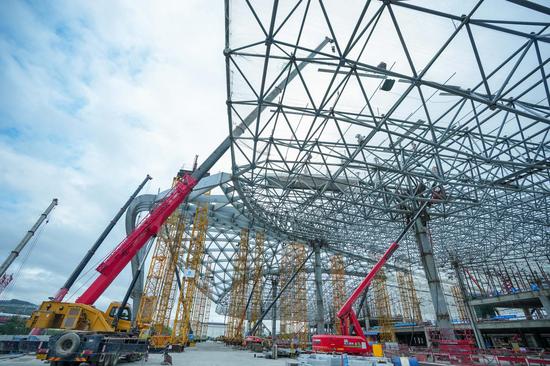





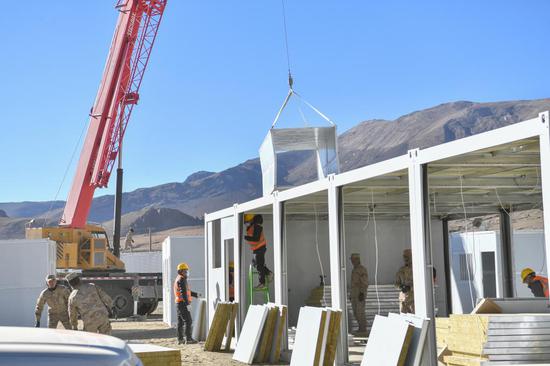
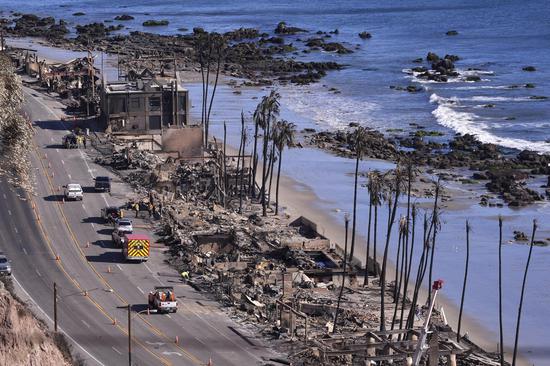


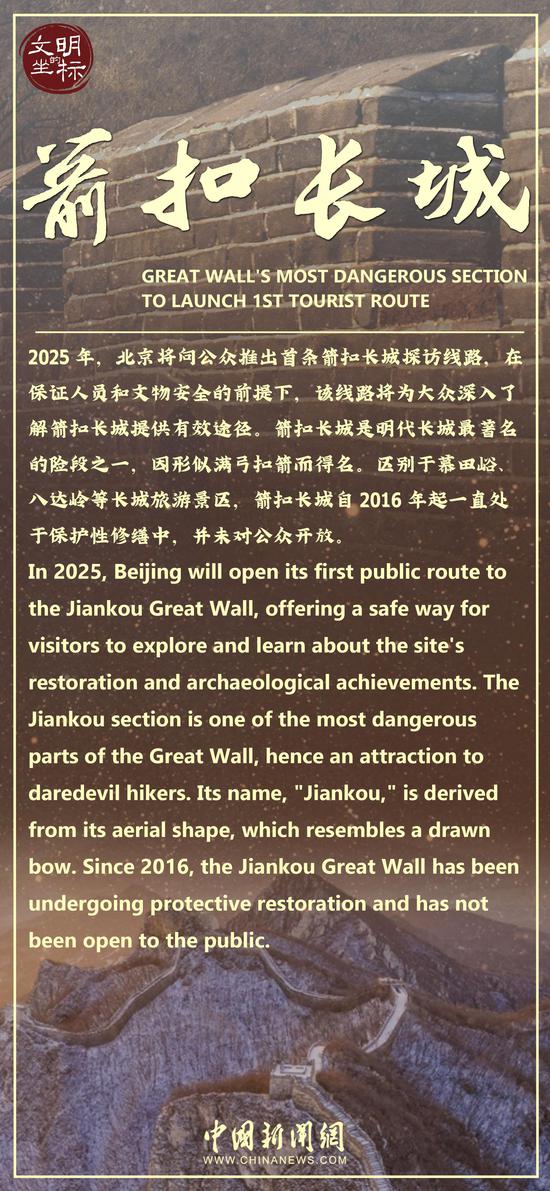

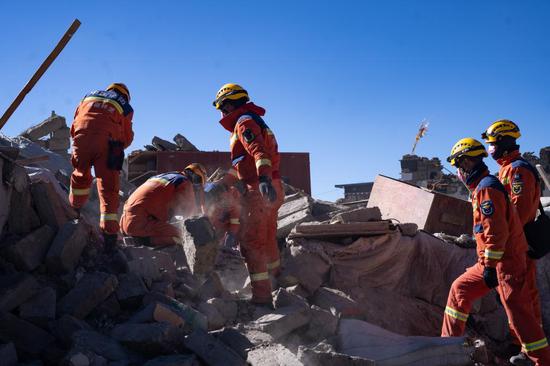



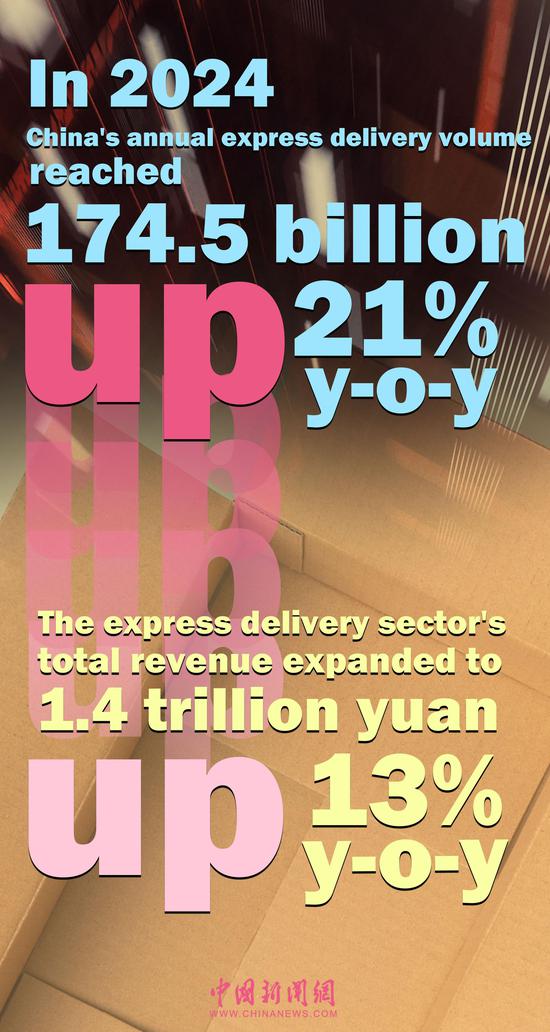





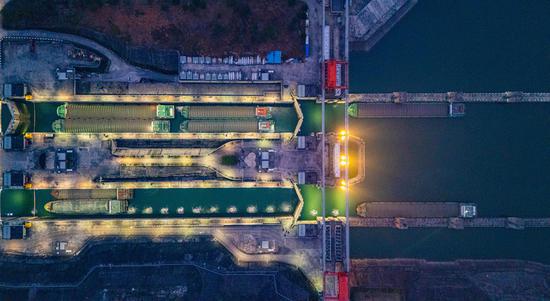



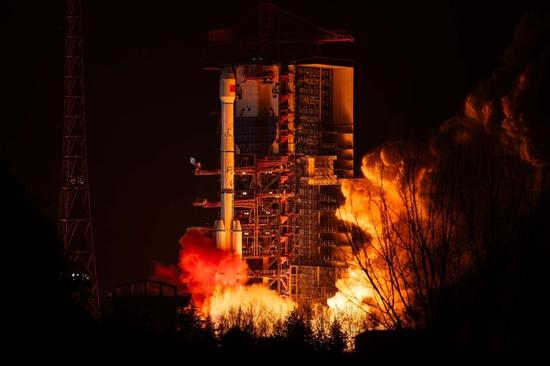



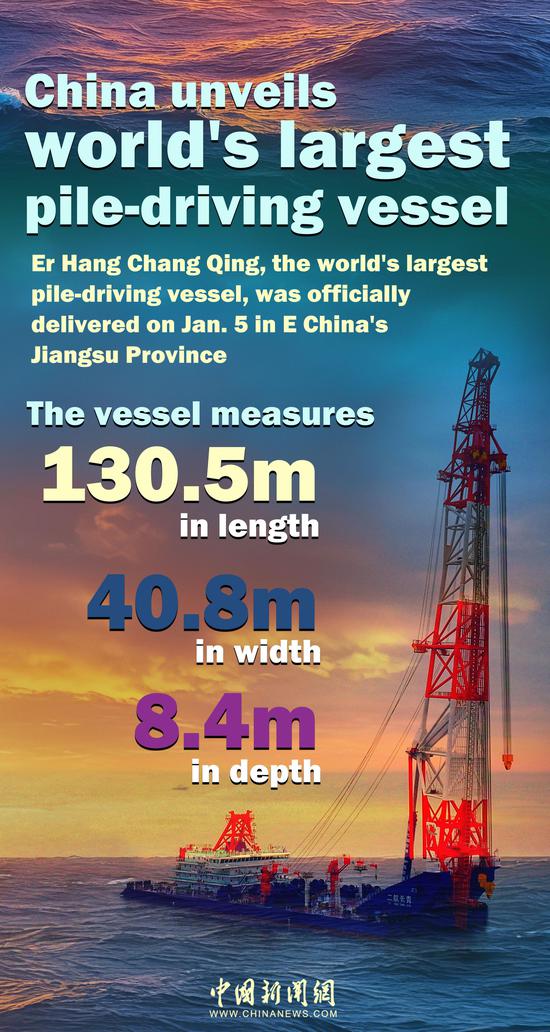










 京公网安备 11010202009201号
京公网安备 11010202009201号